Vietnam is well-positioned to benefit from global trade shifts and changes in supply chains. A new wave of investment will help Vietnam move up the value-added ladder.
Vietnam is well-positioned to benefit from global trade shifts and changes in supply chains. A new wave of investment will help Vietnam move up the value-added ladder.
FDI is the key word that defines Vietnam’s success today and is also the essential new capital source that sustains Vietnam’s aspirations for expansion and growth. Therefore, ensuring sustainable FDI flows into Vietnam is an important goal that needs long-term attention.
The latest trend reflects the strength of investment flows from mainland China, Hong Kong and Taiwan across various sectors. Mixue, a leading milk tea and ice cream brand, has opened more than 1,000 stores in the Vietnamese market; global electronics companies such as Luxshare, Geortek, Foxconn, Pegatron, Compal continue to invest heavily in the ecosystem; Hualian Ceramic, a leading household ceramics company, plans to build a ceramic valley; Sailun Group has just committed to further investment in its tire factory; Lotus Pharmaceuticals has made acquisitions to expand into the pharmaceutical industry while Deli Stationery (stationery), Sunwoda (batteries) and United Imaging (healthcare) are all making strong inroads into Vietnam.
Over the past decades, Vietnam has grown and become closely integrated into the global supply chain, moving into higher value electronics and seeing a seven-fold increase in exports since 2007, with 70% of exports coming from FDI enterprises. The leading foreign investors over the years have undoubtedly been South Korea, with giants such as Samsung, LG, Hyundai, Lotte... Singapore and Japan have also joined this investment race with great success.
However, the dynamics of FDI flows as well as the list of investors are changing from the second half of 2023, more clearly in 2024. Capital flows from mainland China, Hong Kong, Taiwan, with mainland China leading the way, are accelerating. This is due to the deep similarities between the two economies, driven by the changing and reorganizing global supply chains.
Trade between the two markets has increased tenfold since 2007, and Vietnam now plays an important role in the downstream segment of China’s manufacturing supply chain. In terms of newly registered FDI inflows, the mainland China, Hong Kong and Taiwan trade corridors together account for 60% of the total inflows, compared to 38% in 2022. In addition, as of the first half of 2024, nearly 50% of the total newly registered FDI from Singapore actually originated from investments from China and Taiwan.
Although the investment volume is not as high as China, Taiwan continues to expand and increase its investment in Vietnam as a way to redirect and diversify its supply chain. Taiwan's New Southbound Policy in 2016 has helped boost the investment flow.
In addition, Vietnam’s numerous bilateral and regional FTAs have been a catalyst for global Taiwanese manufacturers to use Vietnam as a cost-effective base for exports to the United States, Europe, and within Asia. Today, Vietnam is an important and strategic manufacturing base for companies such as Foxconn, Compal, and Pegatron. Meanwhile, capital flows from Hong Kong are a mix of investors ranging from Hong Kong corporations to mainland Chinese companies using Hong Kong as a launching pad for investment in Vietnam.
So why is FDI inflow from mainland China, Hong Kong, Taiwan, especially from mainland China, increasing? According to HSBC Global Research, there are several factors.
First of all, China is at the center of global trade, where protectionist measures are on the rise. China's annual exports amount to $3.5 trillion, far exceeding those of the United States ($2 trillion) and Germany ($1.7 trillion). Chinese companies are becoming increasingly important to global supply chains.
Thus, from a global trade corridor perspective, nine of the 20 major global trade relationships are centered on China, while only four are centered on the United States and Europe. The ASEAN region is experiencing a growing trade deficit with China, but much of this is due to the ongoing reorganization of supply chains. ASEAN markets have actually benefited from importing cheap inputs from China to become competitive in the market, thereby achieving a trade surplus with the rest of the world. Vietnam is a prime example and one of the main beneficiaries.
Second, the increased investment is also a response to a growing domestic market, driven by a growing middle class in a population of 100 million, with a media penetration rate of 30 and a workforce that accounts for 70% of the population. China’s number one electric vehicle manufacturer, BYD, recently entered the Vietnamese market as a testament to this.
Finally, the fundamentals remain strong and attractive. Manufacturing wages are less than half those of mainland China and second lowest in ASEAN after the Philippines, electricity prices are second lowest in ASEAN after Indonesia, and diesel prices are second lowest after Malaysia. Vietnam has made significant progress in implementing both bilateral and regional FTAs. The FDI Regulatory Restrictiveness Index shows that Vietnam is the most open economy in the region after Singapore, while its statutory corporate income tax rate of 20% represents a comparative advantage over markets such as China, the Philippines, Malaysia, and Indonesia.
The trade and investment corridor with mainland China, Hong Kong and Taiwan is and will continue to be a rich source of investment, supporting and accelerating the country’s growth. FDI inflows from other countries will also contribute to this growth. However, structural obstacles remain. The speed at which these challenges are resolved will determine how bright Vietnam will be in the future. However, the opportunities from the shift in global supply chains are also opening up for many countries, not just Vietnam. Neighboring countries will not stand aside. Thailand, Malaysia, the Philippines and Indonesia are implementing relevant actions, laws and decrees as well as investor-friendly measures to attract more FDI. Competition is fierce.
For Vietnam, the key is to move up and up the value-added chain, as well as to improve its domestic value-added sectors. Exports of consumer electronics remain strong, but Vietnam lags behind in the global integrated circuit segment and does not have enough skilled domestic technicians to attract high-tech manufacturing investment (although the government has recently outlined a roadmap for the semiconductor industry through 2050).
Also in other sectors including transport and logistics, infrastructure gaps and high logistics costs can put pressure on investment decisions. Green energy and the transition journey require further speed of implementation and digitalisation to simplify trade processes, which will facilitate ease of doing business. At the same time, continued improvements to the overarching legal framework supporting foreign investment and foreign businesses operating in Vietnam will facilitate Vietnam’s efforts to sustain current and future investment flows.
The message is clear and the opportunity is even clearer. Vietnam is well-positioned to benefit from the global trade diversion and changes in supply chains. Welcoming the new wave of investment is in Vietnam’s interest and will support Vietnam to move up the value-added ladder across industries and sectors.
In Vietnam, HSBC has been a strong and steadfast supporter of Vietnam’s growth story. Our global network strength allows us to not only support FDI investors in market entry, identifying and overcoming challenges, but also in digitalisation, working capital optimisation and ESG transformation.
Engaging with Vietnamese businesses and facilitating foreign direct investment requires a dynamic approach. HSBC has established a dedicated Greater China, Hong Kong and Taiwan business in Vietnam to respond to shifting trends in FDI flows and demonstrate its dynamic and flexible position as a global bank.
(*) Mr. Joon Suk Park, Head of International Business, Corporate Banking, HSBC Vietnam
Source: https://baodautu.vn/viet-nam-don-lan-song-dau-tu-moi-d229317.html



![[Photo] "Lovely" moments on the 30/4 holiday](https://vphoto.vietnam.vn/thumb/1200x675/vietnam/resource/IMAGE/2025/5/1/26d5d698f36b498287397db9e2f9d16c)
![[Photo] Ha Giang: Many key projects under construction during the holiday season](https://vphoto.vietnam.vn/thumb/1200x675/vietnam/resource/IMAGE/2025/5/1/8b8d87a9bd9b4d279bf5c1f71c030dec)


![[Photo] Binh Thuan organizes many special festivals on the occasion of April 30 and May 1](https://vphoto.vietnam.vn/thumb/1200x675/vietnam/resource/IMAGE/2025/5/1/5180af1d979642468ef6a3a9755d8d51)

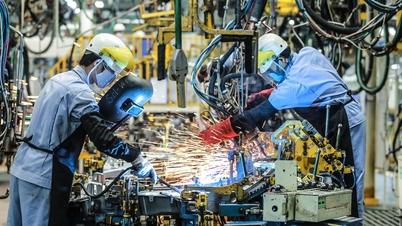




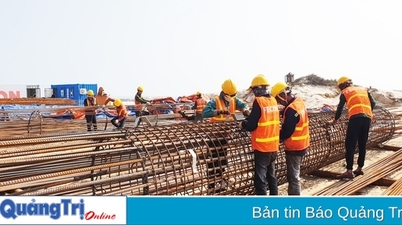



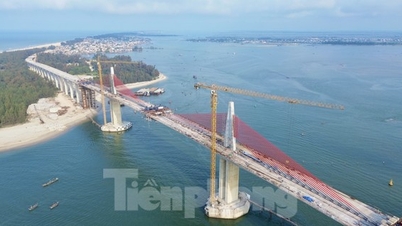
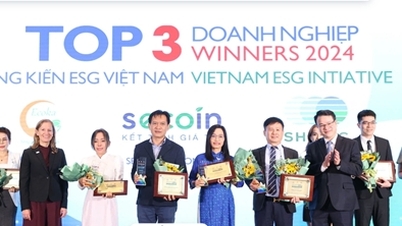
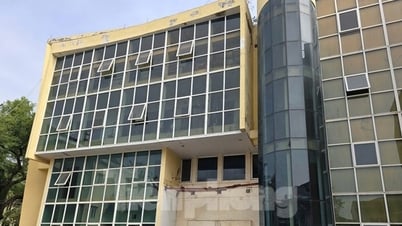







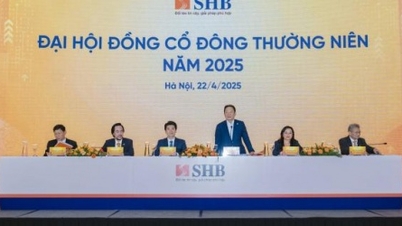













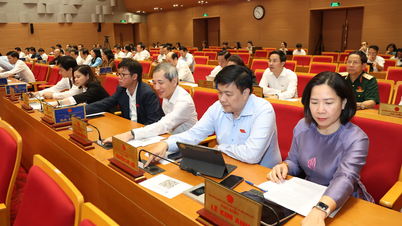
























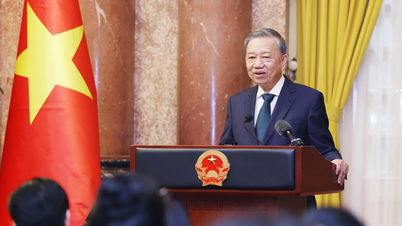
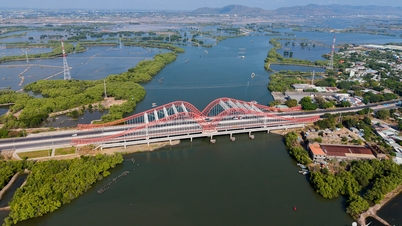

























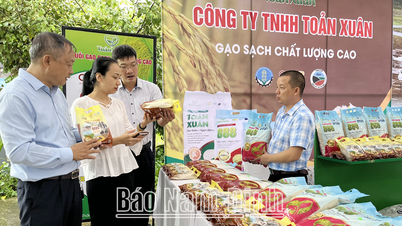


Comment (0)